Artists tackle the dangers of fracking in a large illustration at the Philadelphia Museum of Art.
By Walter Foley
The bog turtle—known to biologists as an “indicator species” that can provide valuable information about the health of an ecosystem—emerges from the water as a sign of optimism in the upper-left corner of a 13-by-10-foot illustration about the natural gas industry.
“Drawing species that might not exist in 50 years because of today’s policies is extremely political,” says Bri Barton, who, along with fellow artist Meg Lemieur, presented the pen-and-ink political/educational poster “Water Ways” on Dec. 2 in the Perelman Building at the Philadelphia Museum of Art.
The poster criticises the hydraulic fracturing industry through a single panoramic woodland scene in which every detail tells a story, and the activists, politicians and citizens are represented as plants and animals.
The Department of Environmental Protection appears as the skeleton of a bald eagle, alone at a desk with stacks of untended papers.
The Federal Energy Regulation Commission is depicted as a rubber stamp that impulsively approves any drilling project put in front of it.
Baby birds—Pennsylvania’s representatives—eagerly chow on money dropped down their beaks by industry lobbyists.
“Our main goals for creating this illustration are to inform, enrage and empower,” the duo says via email.
The project was funded through the Leeway Foundation’s 2017 Art and Change Grant, which provides “up to $2,500 to women and trans artists in Greater Philadelphia to fund art for social change projects.”
“We researched a lot of information at first, interviewed many people who are involved with resisting the natural gas industry, decided together how we would visually represent each story, and drew simultaneously on the poster,” said Lemieur, a graphic designer, illustrator and marketing manager for nonprofits. “Each piece was drawn collaboratively. And we got along during the whole nine months of creating the project!”
The 39-by-27-inch posters, which are available on their website and at yet-to-be-scheduled presentations in 2018, come with a booklet explaining the symbolism and history that went into the piece. Barton’s friend Marlon MacAllister, who has led workshops for Philadelphia Assembled, assisted in Saturday’s talk, and the artists hope to train more people to use the illustration in future presentations.
Before guiding the audience through the many narratives contained in the image, Lemieur, 33, and Barton, 28, opened with an acknowledgement that the land they were standing on was the home of the Lenni Lenape.
A damaged turtle shell at the top-left corner of “Water Ways” represents how “environmental devastation… is always felt first and hardest by oppressed people,” the artists explain in their booklet.
The poster is drawn in the style of cantastoria—from the Italian for “story-singer”—and bordered by a sketch of Marcellus shale. The bottom-center of the illustration is framed by a trilobite and some crinoids, a nod to the organisms that make up the gas trapped in this shale, which must be broken up before liquids are pumped into the earth as part of the extraction process.
Lemieur and Barton stress during their presentation the importance of showing compassion toward on-site workers—represented in their poster as bulldogs—who often take these dangerous jobs due to scarcity of work.
“Humans are quick to empathize with characters in stories that look similar to them, and quick to dismiss the stories of humans who don’t look like them,” Lemieur said. “More-than-human characters help to remove the viewer’s bias from their interpretation of the story… We also used plants and animals because this is their story, too.”
On whose wall would the artists most wish to see their poster displayed?
“In the ‘tree sit’ at Camp White Pine, a resistance camp currently blocking the Mariner East 2 Pipeline,” Barton said.
“Maybe in the office of the Department of Environmental Protection,” Lemieur said, “to be used as a tool by staff to remind them that the government should work for the people and not for corporations.”


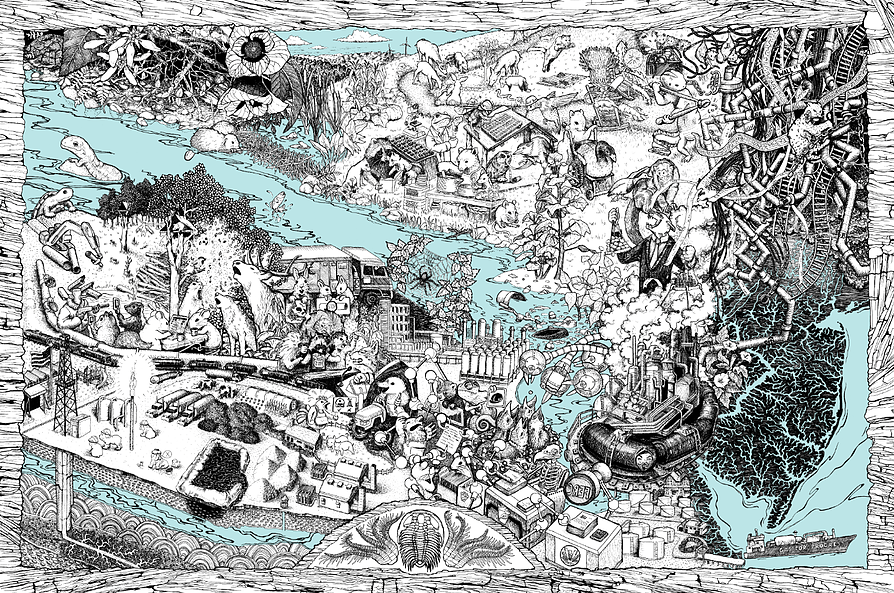

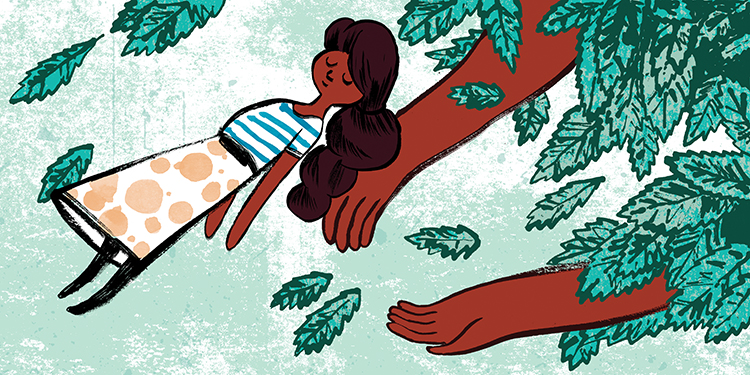


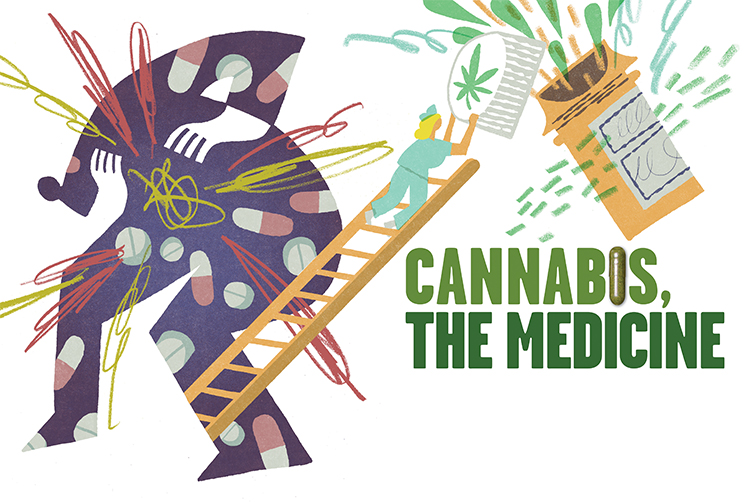
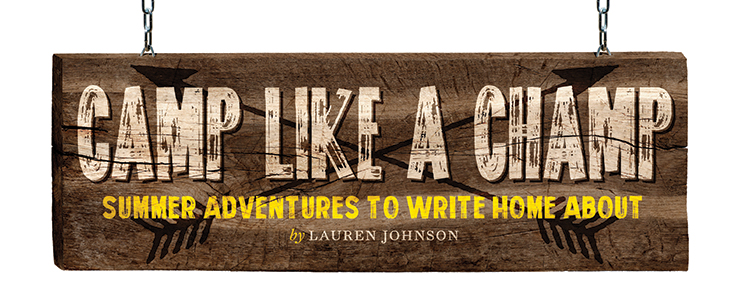
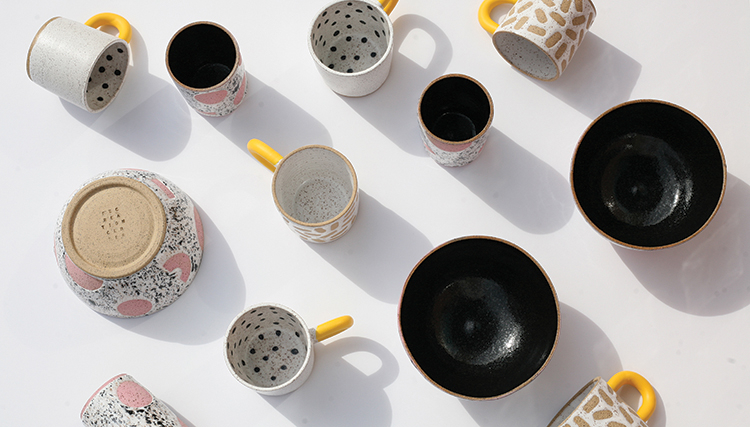
Brilliant! Thanks for providing the Speechless Art<a href="https://www.usajacket.com/>leather jacket
</a>